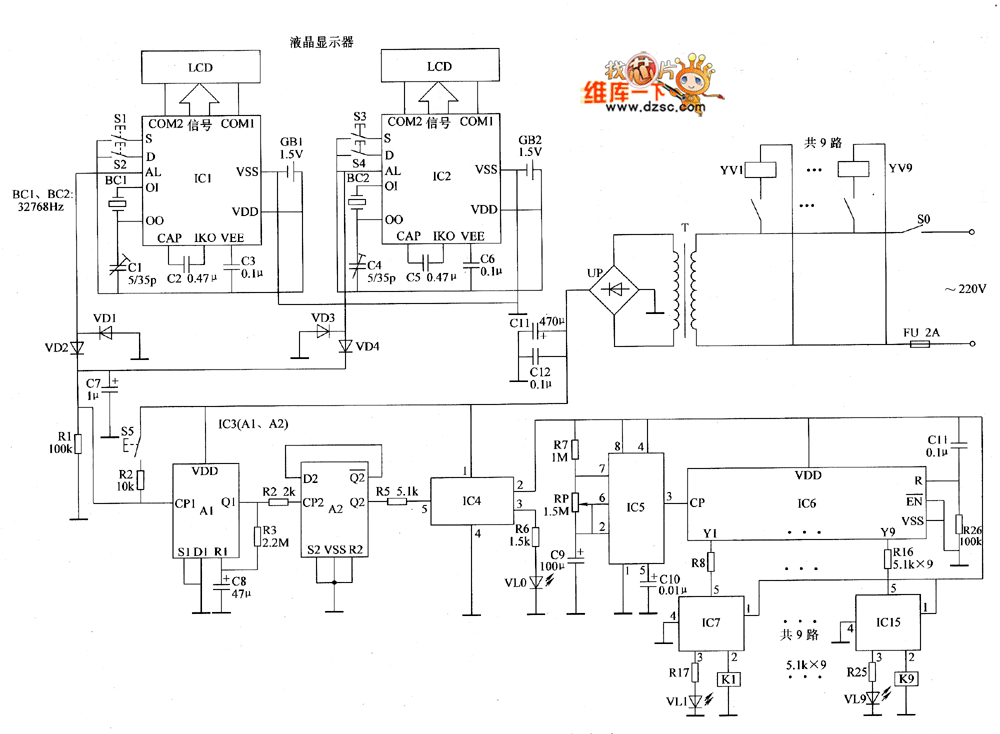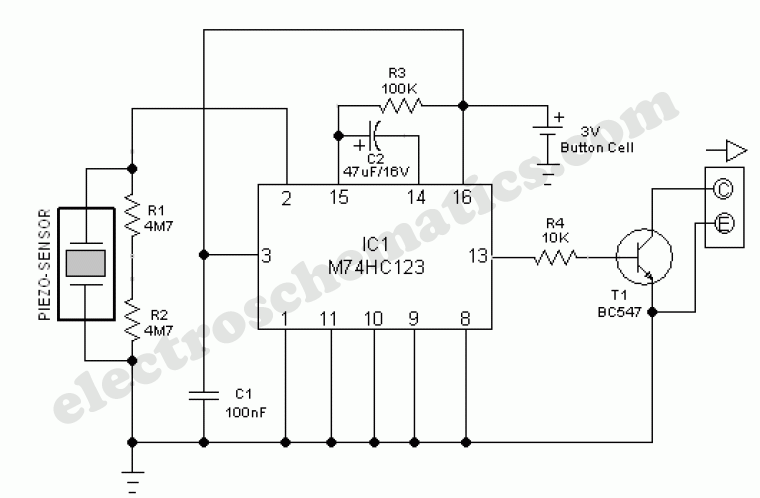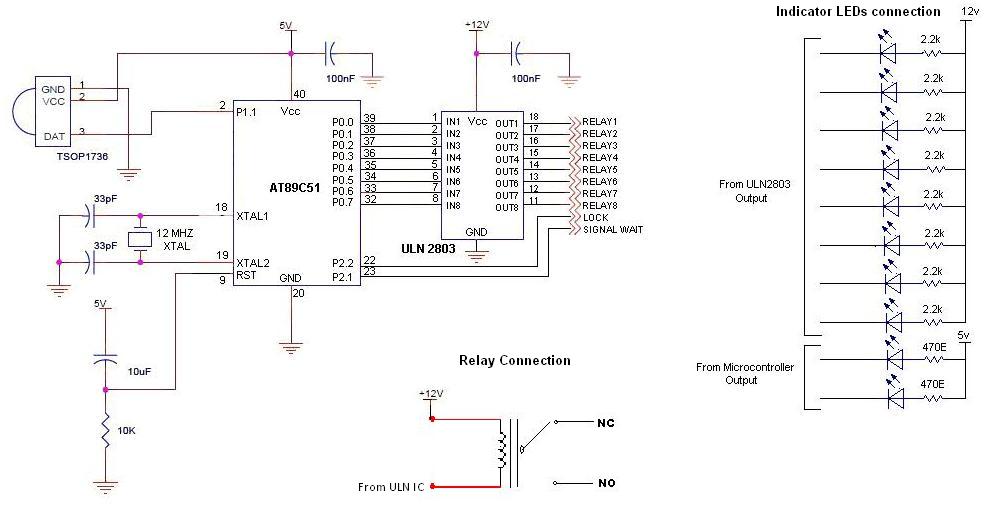
Remote Control Tester Circuit PCB

This document presents an infrared remote control tester circuit that can be constructed at a low cost. The circuit is built around the infrared receiver module TSOP1738. The state of the remote control can be observed through the sound emitted by a buzzer. The circuit is highly sensitive and supports a range of approximately 5 meters. The infrared receiver module typically remains in a high state, while the piezo buzzer remains silent. When the IR module detects a signal from the remote control, its output transitions to a low state, activating the piezo buzzer.
The infrared remote control tester circuit utilizes the TSOP1738 infrared receiver module, which is designed to detect modulated infrared signals typically emitted by remote controls. The circuit functions by monitoring the output of the TSOP1738, which is connected to a piezo buzzer. The piezo buzzer serves as an audible indicator of the received infrared signal.
In normal operation, the TSOP1738 maintains a high output state when no signal is present. This high state keeps the piezo buzzer silent. Upon receiving a modulated infrared signal from a remote control, the TSOP1738's output switches to a low state. This transition triggers the piezo buzzer to produce a sound, indicating that the remote control is functioning and sending signals.
The circuit can be powered by a simple battery, and the sensitivity can be adjusted by varying the resistor values in the circuit. The typical range of operation is around 5 meters, making it suitable for testing most common remote controls. The simplicity of the design and the low cost of components make this infrared remote control tester a practical tool for electronics enthusiasts and professionals alike.
For effective implementation, it is advisable to include decoupling capacitors near the power supply pins of the TSOP1738 to ensure stable operation. Additionally, a simple LED indicator can be integrated into the circuit to provide a visual confirmation of the received signal, enhancing the functionality of the tester.Here is an infrared remote control tester circuit that can be made without spenting much money. This IR tester build around an infrared reciever module TSOP1738. We can observe the remote control state by listening to the buzzer sound. The circuit is very sensitive and it support a range of about 5 meters. The infrared receiver module normally rema ins high and the piezo buzzer is in silent mode. When the IR module receives a signal from the remote control, Its output goes low and the piezo buzzer sounds. 🔗 External reference
The infrared remote control tester circuit utilizes the TSOP1738 infrared receiver module, which is designed to detect modulated infrared signals typically emitted by remote controls. The circuit functions by monitoring the output of the TSOP1738, which is connected to a piezo buzzer. The piezo buzzer serves as an audible indicator of the received infrared signal.
In normal operation, the TSOP1738 maintains a high output state when no signal is present. This high state keeps the piezo buzzer silent. Upon receiving a modulated infrared signal from a remote control, the TSOP1738's output switches to a low state. This transition triggers the piezo buzzer to produce a sound, indicating that the remote control is functioning and sending signals.
The circuit can be powered by a simple battery, and the sensitivity can be adjusted by varying the resistor values in the circuit. The typical range of operation is around 5 meters, making it suitable for testing most common remote controls. The simplicity of the design and the low cost of components make this infrared remote control tester a practical tool for electronics enthusiasts and professionals alike.
For effective implementation, it is advisable to include decoupling capacitors near the power supply pins of the TSOP1738 to ensure stable operation. Additionally, a simple LED indicator can be integrated into the circuit to provide a visual confirmation of the received signal, enhancing the functionality of the tester.Here is an infrared remote control tester circuit that can be made without spenting much money. This IR tester build around an infrared reciever module TSOP1738. We can observe the remote control state by listening to the buzzer sound. The circuit is very sensitive and it support a range of about 5 meters. The infrared receiver module normally rema ins high and the piezo buzzer is in silent mode. When the IR module receives a signal from the remote control, Its output goes low and the piezo buzzer sounds. 🔗 External reference





